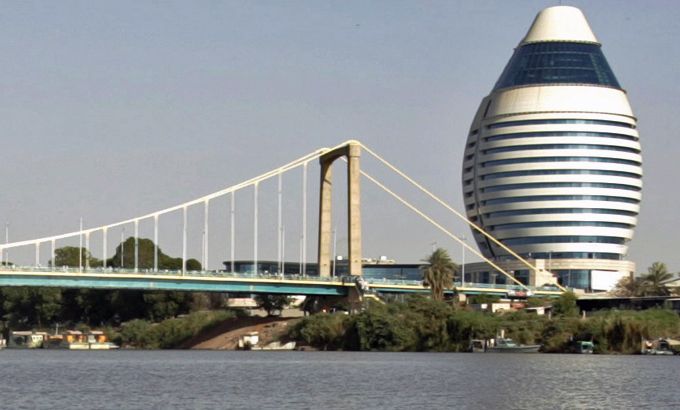
The path to development
Al Jazeera looks at the developmental challenges facing Sudan after the referendum.
Sudan stands at a crossroads with the people of the south set to vote in January on whether to become an independent state. This referendum is part of a 2005 peace deal which brought to an end a devastating 22-year civil war which left two million people dead and the same number homeless. Now, with the south likely to secede, Sudan’s borders and history may have to be rewritten.
Al Jazeera looks at the racial issues behind the split, the impact of Sudan’s rich resources and the challenge of development ahead.
After 54 years in existence – the majority of those in civil war – the splitting of Sudan is all but inevitable with the upcoming referendum that will most likely see the south going its own way.
But creating a nation state will be a huge struggle after decades of neglect. When Sudan splits, it will create two intertwined, but very different countries.
There is the barren north, part of the Sahara desert, where the average salary is just $3 a day despite the incredible oil-wealth and the booming capital Khartoum. But more than two-thirds of people can read and write.
| Sudan’s armed groups |
The green south on the other hand, with an area of 640,000 square km, suffers from an absence of infrastructure and huge developmental problems.
The past five years witnessed the failure of the south Sudanese government to really change living conditions, with half of the south’s population living on less than $1 per day. The same amount – more than four million – needed food aid in 2010.
Less than one-quarter of people in the south are literate. Ninety-two per cent of women cannot read or write, and less than two per cent of children who enroll in primary school complete their studies.
Three-quarters of the population have no access to basic healthcare, with an infant mortality rate of 112 per 1,000, and a maternal mortality rate of over 2,000 per 100,000.
The south might be rich in oil and full of fertile farmland, but most benefits have gone north, especially to Khartoum, in the form of infrastructure. How those riches are shared in a secession scenario is still to be decided.
As the resource-rich south of Sudan is poised to break away, its northern capital Khartoum is beginning to boom. After a secession, the two Sudans may become bitter rivals seeking investment and development.
Because of its actions in Darfur, and because Sudan is still said to be supporting international terrorism, the US has put Sudan under sanctions, which is blocking many companies who are keen to capture the country’s oil and minerals.
Nevertheless, some progress has been made in the fields of agriculture and mining. Investments in the economy of the south have increased, especially from Arab countries. There are plans to build dams along the White Nile for irrigation and hydroelectric power. There are also plans to grant oil concessions to Western companies to end the Chinese monopoly over oil production in the south.
What role will the US, Qatar and UN play in a divided Sudan? What does the future hold for a resource-rich but underdeveloped south, and a barren but educated north?
Lam Akol, the leader of the southern breakaway movement, joins us to share his views about the state of the nation. And with memories of past wars fresh in their minds we will take a closer look at the groups armed and ready for more conflict.
Crossroads Sudan: Sudan’s path to development can be seen from Monday, January 3, at 1730GMT, with repeats at 2230GMT, and the next day at 0430GMT and 1030GMT.